For a thousand years before the advent of British power, a great variety of Islamic traditions appeared in India—letters and conversations of Sufis, vernacular epics, visual arts, qawwali music, commentaries on the Qur’an, historical chronicles, romance literature, folk ballads, and much more. The essays in this book—some of them classics, some written especially for inclusion here—seek to place such traditions in their historical contexts, and to address basic questions. How, for example, did South Asia become home to more Muslims than live in the entire Middle East? To what extent can Islam be understood as a foreign intrusion in South Asia? How were religion and state power related?. The first part of the volume explores the different ways in which Muslims and non-Muslims represented each other across ten centuries of India’s history, and the historical circumstances that shaped these various representations. The second part examines how Islamic traditions were related to the exercise of power, during the long period of Muslim rule over much of India. The third and fourth parts focus on particular genres of Islamic traditions—history, romance literature, law, and Sufi and Shi’i traditions. The final part looks at how Islamic traditions moulded, and were moulded by, the unique cultures of particular regions in South Asia. This comprehensive collection will be welcomed by Islamicists, scholars, and students of Indian history and religious studies, as well as informed general readers interested in the Islamic heritage of the subcontinent.
Power, Memory, Architecture: Contested Sites on India’s Deccan Plateau, 1300-1600
Most studies of the history ...
$67.50
$75.00

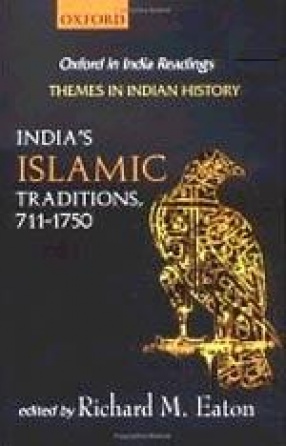
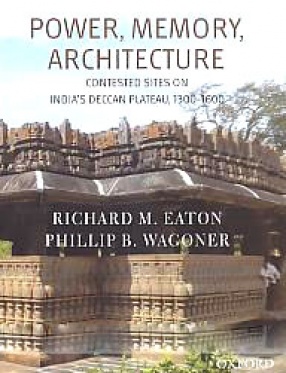

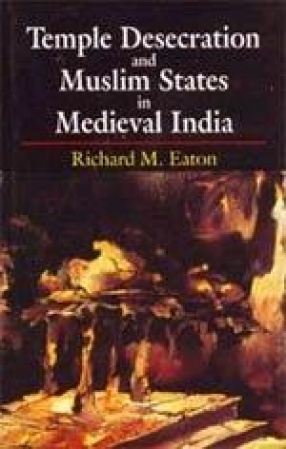

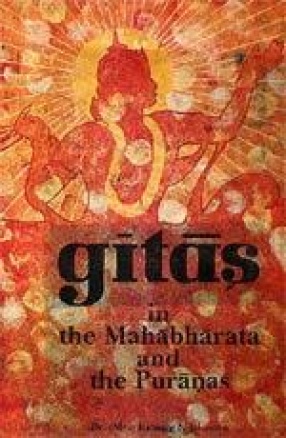
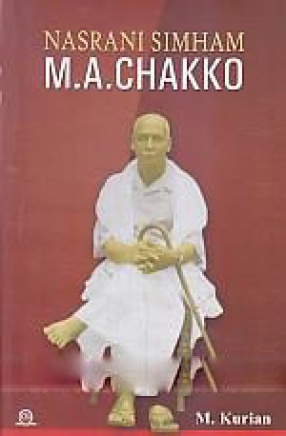
There are no reviews yet.